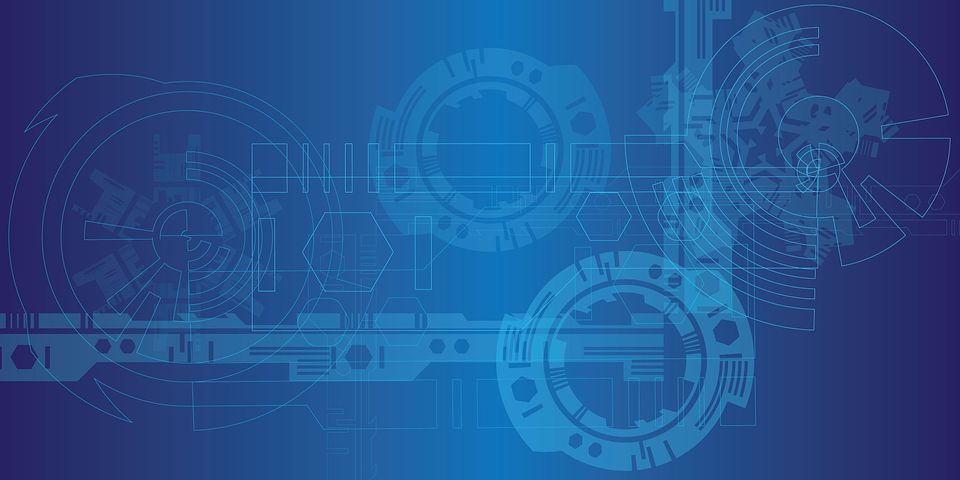The data collected in the transactions is then bundled in to a block, and the blocks connected in a chain. The blockchain is in essense a database. However, the blockchain has distict differences to traditional databases. If you just wanted to store information - then you could put in in to a database, but if you want to store information and be sure that the information is unaltered when you read it - then you want to store it in a blockchain. The best applications for blockchain storage is digital money, identitiy databases, personal accounts etc. Datatypes that have high integrity requirements.

Enter any data you like in to the block and press #hash to get the block-hash. Notice how the our-hash will start with 0000 - we designed it that way, to make it a little more difficult to find. We are not just hashing the data - we are hashing a combination of the entire block.
After your data is hashed you will see the timestamp for your block and the nonce that helped determine the hash - which starts with 0000
| Index | 1 |
|---|---|
| Timestamp | |
| Nonce | |
| Previous hash | 0000000000 |
This is an example of a typical block in a chain. You can enter any data you want, then you need to do a calculation to determine this number called a nonce. This is a random number that gives you a hash with a certain number of zeroes at the begining. In our case 4 X 0000. So the function itterates through all the possible nonce values to find that hash that matches the leading zeroes.
So your data will have a hash-value. If you enter the same data, you will get the same hash-value. But the Nonce adds a dimension of difficulty, which means you are not just looking for the data hash, but the data+nonce+timestamp hash = with 4 leading 0000. So it takes time to compute that, the more leading 0000 you add - the more time it will take to compute the hash.
This is typically how difficulty is introduced in block mining. Block mining is the process of adding new blocks to the chain. If you enter the same data a minute later, the hash will be different - because the timestamp is different - hence the nonce will also be different. Pretty exciting stuff: meaning we are adding yet another dimension to your data: the time dimension.
The exact moment when the block was hashed together with the nonce and data form a unique combination that can never be replicated. Even if you recorded the same data again, two seconds later you will get a completely different timestamp hence, new hash and new nonce. The position the block is in also gets used for the hash calculation, also meaning if you recorded the same data, at the exact same time but for two different blocks in the chain - you would get different hashes.
All these variables added together help make blockchain the ultimate technology in securing data integrity. Our bloackchain is storing simple string data for now. You can build a chain that stores any type of data and even code. This is how smart contracts were born - If you could store code and logic in a blockhain, you have a contract that cannot be altered in the future - and if that contract can control money like a lot of blockchains are doing: then we are opening up a whole new world of possibilities
Please see below a couple blockchain projects below who store completely different items on the blockhain, from basic files to videos, contracts - the list is endless. This is for illustration purposes, this is not a recomendation of the projects nor does this constitute any financial advice.
File Storage Chain Smart Contract Chain Cloud Computing Internet of things Ethereum